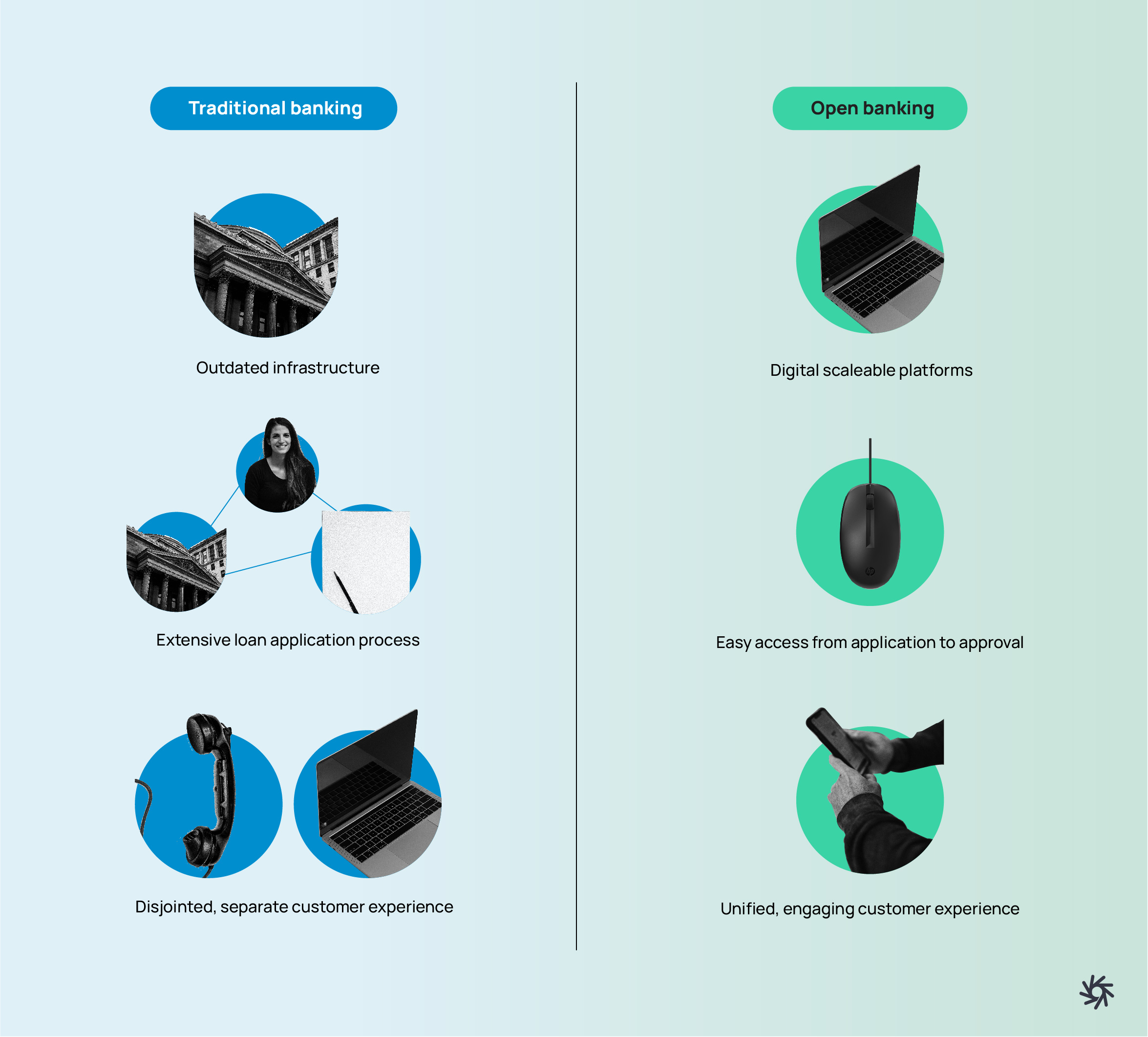Technological adoption and the digitally fluent business
Lenders take note. The pandemic was the forcing function that businesses needed to adopt and integrate more business technologies into their operations. This means that things need to change to meet your more digitally-engaged business customers where they are.
Restricted movement in 2020 increased the rate of technology adoption by SMBs. Lockdowns encouraged reluctant business owners to adopt new business applications – or risk failing.
The most popular example is the explosion of Zoom to replace in-person communication. Videoconferencing is just the beginning for SMBs who were waiting to move more of their business online.
Salesforce (2020) highlights that customer safety was the primary concern for SMBs in 2020. This propelled the adoption of a technology stack that enables contactless service. A popular form of this manifested in building ecommerce capability to encourage the digitization of inventory and accounting systems, for example. As legacy business processes transition to cloud systems, SMBs' data wealth continues to expand.
What's driving technology adoption?
In the same study, there were significant increases across technology adoption driven by the following reasons:
- Driving more customer interactions (12%)
- Allows their SMB to stay open and in business (4%)
- Drives growth of customer base (38%)
- Drives employee productivity (33%)
- It drives cross-functional collaboration (23%)
The UK Economic and Social Research Council (2020) found significant adoption among SMBs in the region. The results are incredible. The percentage of surveyed businesses that have been using specific technologies more than before are:
- 95% for videoconferencing
- 64% for the Internet of Things (IoT)
- 64% for online marketing and social media
- 49% for customer relationship management
- 49% for e-commerce
- 21% for accounting software
The digital revolution
There is a knock-on effect of using new software; it encourages the adoption of complementary technologies. Take the example of videoconferencing. It has the fewest barriers to adoption and was the first avenue most SMBs ventured down when the reality of lockdowns sunk in. Inventory data is better viewed through Shopify than cumbersome excel sheets. Accounting and financial instruments are easier consumed through Xero versus a bloated excel workbook.
As transformative as videoconferencing is for communication, it doesn’t quite beat a one-to-one interaction in the physical world. What SMBs can do is leverage additional digital technologies to move closer to this communications nirvana, where clarity rules the day.
Be the change, or get left behind
More than anything, lenders need to capitalize on SMBs' favorable attitudes toward technology or risk losing market share to more forward-thinking and aggressive players. There is no guarantee that these sentiments will last; a prompt strategy for leveraging the opportunity is vital.
As SMBs go through an unprecedented digital transformation, it presents a chance for lenders to be more supportive than ever before. Lenders that best engage with newly digital-savvy SMBs put themselves in the best position to ride out of the turbulence of 2020.

